Search
Did you mean: Ur?
Search Results

Image
Vespasian (Artistic Facial Reconstruction)
A photorealistic representation of what the Roman emperor Vespasian (r. 69-79 CE) may have looked like. Pictured alongside the reconstruction are the artworks and statuary used as references. From left to right and top to bottom, these are...
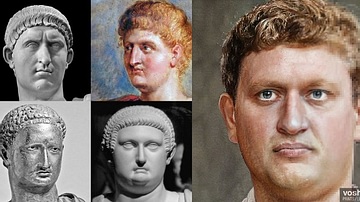
Image
Otho (Artistic Facial Reconstruction)
A photorealistic representation of what the Roman emperor Otho (r. 69 CE) may have looked like. Pictured alongside the reconstruction are the busts and artwork used as references. From left to right and top to bottom these are the Louvre...
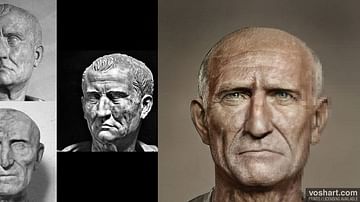
Image
Galba (Artistic Facial Reconstruction)
A photorealistic representation of what the Roman emperor Galba (r. 68-69 CE) may have looked like. Pictured alongside the reconstruction are the Capitoline bust of Galba and the bust from the Stockholm Museum of Antiquities, used as references...
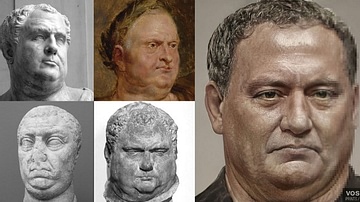
Image
Vitellius (Artistic Facial Reconstruction)
A photorealistic representation of what the Roman emperor Vitellius (r. 69 CE) may have looked like. Pictured alongside the reconstruction are the artworks and statuary used as references. From left to right and top to bottom are the Louvre...
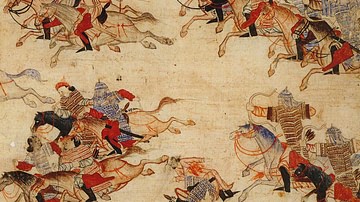
Definition
Mongol Empire
The Mongol Empire (1206-1368) was founded by Genghis Khan (r. 1206-1227), first Great Khan or 'universal ruler' of the Mongol peoples. Genghis forged the empire by uniting nomadic tribes of the Asian steppe and creating a devastatingly effective...
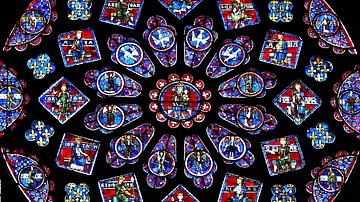
Article
The Stained Glass Windows of Chartres Cathedral
The 167 stained glass windows of Chartres Cathedral, built 1190-1220 CE, are the most complete group surviving anywhere from the Middle Ages. Several windows date to the mid-12th century CE while over 150 survive from the early 13th century...
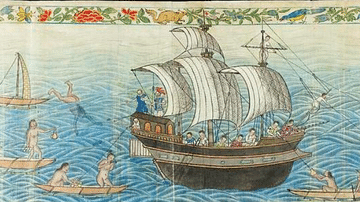
Definition
Manila Galleon
The Manila galleons were Spanish treasure ships which transported precious goods like silk, spices, and porcelain from Manila in the Philippines to Acapulco, Mexico, between 1565 and 1815. The Atlantic treasure fleets then shipped some of...
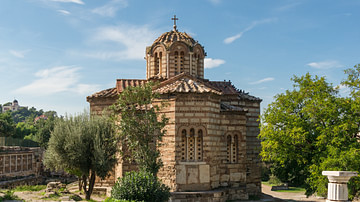
Definition
Byzantine Architecture
The architecture of the Byzantine Empire (4th - 15th century CE) continued its early Roman traditions but architects also added new structures to their already formidable repertoire, notably improved fortification walls and domed churches...
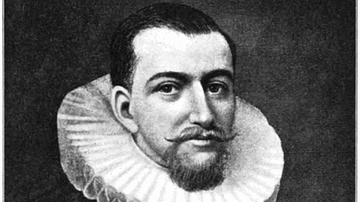
Definition
Henry Hudson
Henry Hudson (c. 1570-1611) was an English navigator and maritime explorer. He is known for his four voyages between 1607 and 1610 in search of a northwest passage via the Arctic Ocean to the Far East. The lure of a northwest passage became...
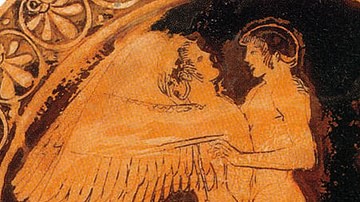
Definition
Zephyrus
Zephyrus was the god of the west wind and the messenger of spring in Greek mythology. He was known as one of the four Anemoi, or wind gods, each of whom represented a cardinal direction and, except for Eurus, a season. Zephyrus was often...